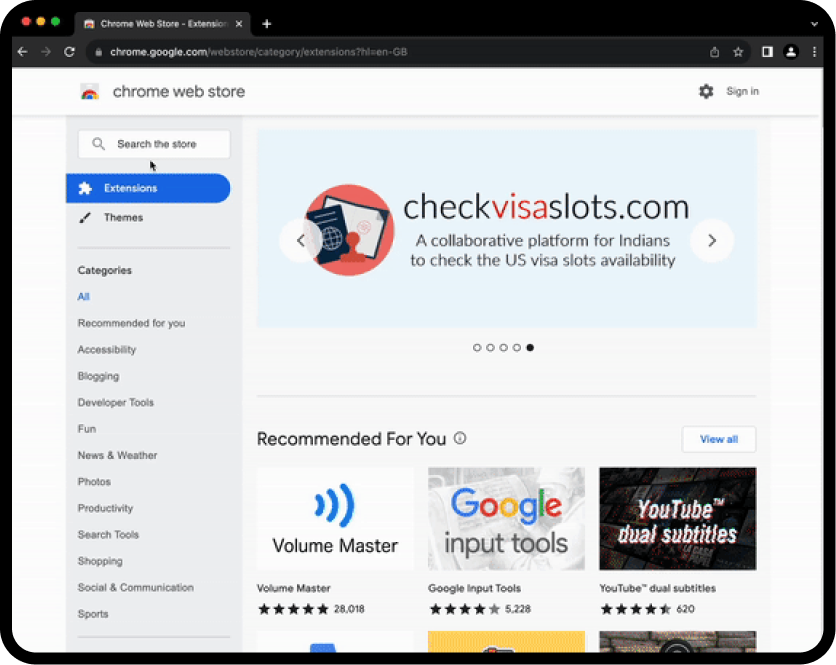Image to PDF Converter
This tool converts input images into PDFs, supporting batch processing and per-image order, ideal for photographers, educators, and document managers.

Check It Yourself
About This Tool
Assumption: The keyword refers to a tool that converts one or more input image files into PDF documents, with options to merge into a single PDF or produce one PDF per image. Purpose & User Intent: This tool addresses the need to archive, share, or present image collections as PDFs. Primary users include designers, photographers, educators, admins, and IT staff who receive scans, photos, or screenshots and must distribute them in standardized PDF format, preserving input order and fidelity. Core Logic & Features: Required features include image ingestion for PNG/JPG/JPEG, GIF, BMP; preservation of input order; page size selection (A4, Letter, custom) and orientation; ability to merge into a single PDF or emit one PDF per image; basic image scaling to fit the page while preserving aspect ratio; and deterministic naming and output metadata. Optional/advanced features: batch processing in a single job, DPI control, image compression/quality settings, per-image validation and error reporting, and optional password protection for the resulting PDFs. Inputs & Outputs: Inputs consist of image_files (array of image metadata with name and size), page_size (string), orientation (portrait/landscape), merge_to_single_pdf (boolean), and optional output_quality (1–100). Outputs include pdf or multiple PDFs, with fields: total_pages, produced_file_size, and a downloadable link or blob. Algorithms & Calculations: The tool computes page layouts by scaling each image to fit the chosen page size while preserving aspect ratio and margins; order is preserved; when merge_to_single_pdf is true, images become consecutive pages in one document; otherwise, each image yields its own PDF. Error & Edge Cases: Invalid formats, empty input list, or images exceeding size limits trigger input validation errors; very large batches may be split or rate-limited; unsupported page sizes default to A4; missing required inputs produce structured errors, not UI messages. Industry/Region & Localization: Uses standard PDF formatting (ISO 32000), common page sizes (A4, Letter), and unit handling in mm/inches; respects locale for number formatting in advanced options. Assumptions & Exclusions: No OCR, editing, or watermarking; no data retention beyond the session unless user selects cloud storage; no password reset or encryption beyond optional protection; not responsible for source image legality.
How to Use
1. Provide inputs by uploading image files in the desired order.
2. Choose output options (page size, orientation, quality).
3. Run conversion to produce a PDF (single file or per-image PDFs).
4. Download the resulting PDF file(s) or export to a storage location.
5. If needed, re-run with adjusted order or settings.

FAQs/Additional Resources
Find Quick Answers
What image formats are supported?
Can I control page size and orientation?
Is there a limit on the number of images?
Are outputs secure or stored?
User Reviews
See What Others Are Saying
Explore Related Tools
More Solutions for Your Needs
QR Link Extractor
Decodes QR code images to reveal the embedded URL for developers, marketers, and content creators who need fast link extraction.
QRP to PDF Converter
Convert QRP documents to PDF with a fast, secure online tool suitable for developers, researchers, and professionals needing portable, sharable archives.
Your Feedback Matters
Help Us to Improve

 Norwegian
Norwegian
 Danish
Danish
 German
German
 English
English
 Spanish
Spanish
 French
French
 Italian
Italian
 Dutch
Dutch
 Portuguese
Portuguese
 Swedish
Swedish
 Hebrew
Hebrew
 Arabic
Arabic









